Binance Web3 Wallet is a self-custody crypto wallet built directly into the Binance mobile app. It allows you to store, manage, and access your digital assets across multiple blockchains without needing any browser extension or seed phrase.
The best features of Binance Web3 Wallet are MPC-based key management, multi-chain support, dApp integration, built-in swap and bridge, airdrop zone, advanced security alerts, and an easy-to-use unified interface.
In this Binance Web3 Wallet review, we will cover what it is, its pros and cons, and key features of this Web3 Wallet. We will also explain its fees and provide a step-by-step guide on how to create and use this crypto wallet.
| Criteria | Our Rating |
| Stars | 4.8/5  |
| Security | 9.5/10 |
| Available Cryptocurrencies | 9/10 |
| Customer Service | 9.5/10 |
| User Experience | 8.5/10 |
| Is it Safe? | Yes |
Binance Web3 Wallet Review – What Is It?
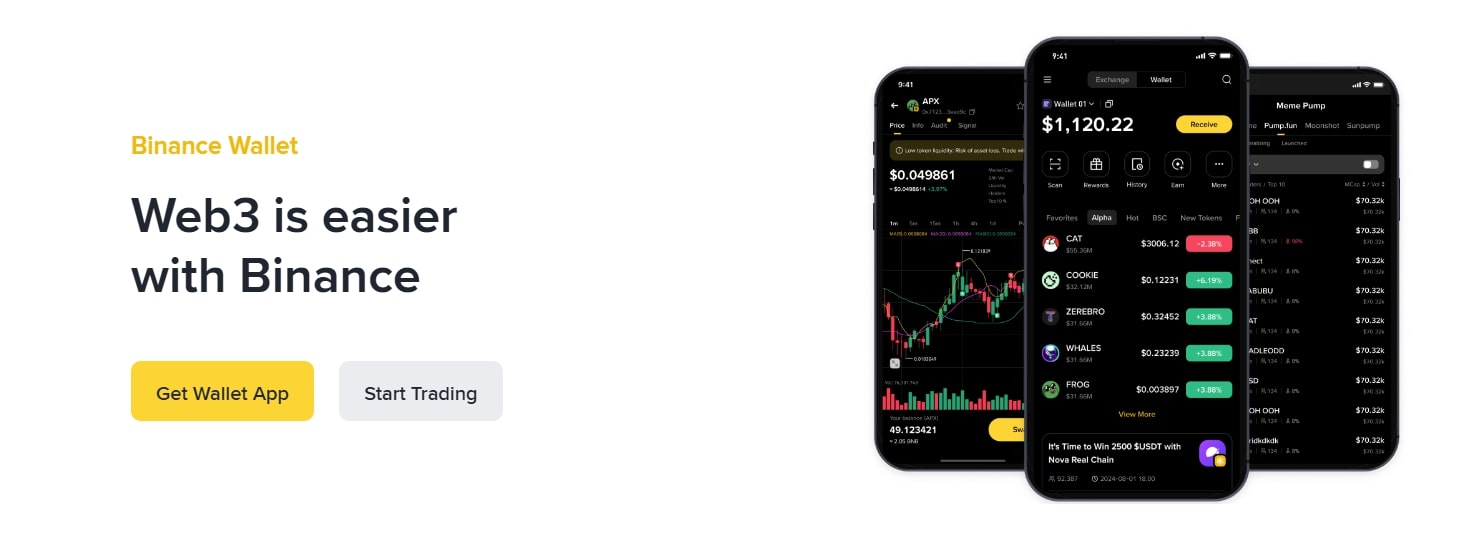
Binance Web3 Wallet is a self-custody cryptocurrency wallet built right into the main Binance app. Hence, you have complete control over your own private keys and money with the Web3 Wallet, in contrast to the standard Binance exchange wallet, where Binance stores your digital assets on your behalf.
The wallet is designed to make it simpler for users to enter the Web3 world, regardless of their level of experience with cryptocurrencies. It uses Multi-Party Computation (MPC), a unique security technology. The MPC technology splits your private key into three separate parts, which are then stored in different places: one part is secured by Binance, another is on your device, and the third is encrypted by your recovery password and saved to your personal cloud storage like Google Drive or iCloud. Hence, to access your wallet, you need at least two of these key parts.
You can do a lot of things with the Binance Web3 Wallet. To start with, transferring money between your Web3 Wallet and your standard Binance exchange account is really simple. Additionally, you can exchange tokens using Binance Bridge and other decentralized exchanges (DEXs) to find the best prices across various blockchain networks, such as Ethereum and BNB Chain.
You can connect to various decentralized applications (dApps) for trading, lending, or exploring NFTs. The wallet also includes built-in safety features such as warnings for incorrect addresses and alerts for potentially malicious smart contracts, which help protect your funds.
| Wallet Type | Self-custody Web3 wallet |
| Key Management | MPC (Multi-Party Computation) |
| Seed Phrase | Not required |
| Supported Blockchains | BNB Chain, Ethereum, Arbitrum, Polygon, Optimism, Base, etc. |
| App Required | Yes, only works inside the Binance mobile app |
| Swap & Bridge | Built-in swap and cross-chain bridge |
| dApp Access | Supports thousands of dApps via WalletConnect |
| Security Features | MPC, Biometric login, cloud backup, device verification, alerts, etc. |
| Desktop Support | Not available (mobile-only wallet) |
Download the Binance app now and unlock the full power of Web3 with built-in wallet features, multi-chain support, and easy access to DeFi and NFT platforms.
What Are the Pros & Cons of Binance Web3 Wallet?
Pros of Binance Web3 Wallet
The pros of the Binance Web3 Wallet are ease of use, enhanced MPC technology, no seed phrase to remember, access to dApps, cross-chain swaps, and good customer support.
- Easy to Use and Access: The wallet is built right into the main Binance app, which makes it super easy to set up and manage. You don’t need to download a separate app or go through a complicated process, and this integration also means you can quickly move your crypto between your regular Binance exchange account and your Web3 Wallet with just a few taps.
- Enhanced Security with MPC Technology: Instead of a traditional seed phrase, Binance Web3 Wallet uses Multi-Party Computation (MPC). Here, your private key is split into three parts, stored in different places (on your device, with Binance, and in your cloud storage with a recovery password). So, this makes it harder for someone to steal all your keys at once.
- No Seed Phrase to Remember: For many, managing a long, complicated seed phrase is always a big worry because if you lose it, you lose your crypto forever. However, the MPC technology removes the need to remember a seed phrase, which simplifies the whole process and reduces the risk of human error.
- Access to Decentralized Applications (dApps): The wallet gives you a direct way to connect with various dApps, like decentralized exchanges (DEXs), NFT marketplaces, and DeFi protocols.
- Cross-Chain Swaps and Optimized Transactions: It lets you swap tokens across many different blockchain networks, like Ethereum and BNB Chain, without needing to use complex “bridges” that can sometimes be tricky. The wallet even tries to find the best routes and fees for your transactions.
- Integrated Customer Support: As we see with many self-custody wallets, you’re mostly on your own if something goes wrong, but here, Binance Web3 Wallet offers 24/7 customer support.
Cons of Binance Web3 Wallet
The cons of the Binance Web3 Wallet include no desktop app or browser extension, user responsibility for security, and dependency on the Binance app.
- No Desktop or Browser Extension Version: The Binance Web3 Wallet can only be accessed through the mobile app at this time. Hence, as a user, you can’t manage your crypto or interact with dApps from a computer using a browser extension.
- User Responsibility for Security: Even with MPC, you are still in charge of your device’s and cloud’s key share and recovery password. Since Binance Web3 is a self-custody wallet, it is unable to assist you in recovering your money if you misplace your device and forget your recovery password.
- Dependency on the Binance App: Because it’s integrated into the Binance app, accessing your Web3 Wallet may be challenging if you are unable to access your Binance account or the app for any reason.
What Are the Differences Between Binance Web3 Wallet and Binance Wallet?
The Binance Web3 Wallet is a self-custody wallet that gives you full control over your private keys and digital assets within the Binance app. The Binance Wallet (or exchange wallet) is where Binance holds your cryptocurrencies for you on their centralized exchange. The main difference is who controls your private keys: with the Web3 Wallet, you do, but with the exchange wallet, Binance does.
| Criteria | Binance Web3 Wallet | Binance Wallet (Exchange Wallet) |
| Custody Type | Self-custody (non-custodial) | Custodial |
| Seed Phrase | Not required due to Multi-Party Computation (MPC) | Not applicable, Binance manages keys |
| Web3/dApp Access | Yes, allows direct interaction with decentralized apps | No, primarily for trading on the centralized exchange |
| Security Model | MPC technology splits the key into 3 parts for enhanced user control and security | Centralized security managed by Binance (e.g., cold storage, insurance fund) |
| Use Cases | Interacting with DeFi, NFTs, and other Web3 applications | Trading, buying/selling crypto, holding for convenience |
Is Binance Web3 Wallet Legit or Safe to Use?
Yes, the Binance Web3 Wallet is considered legitimate and safe to use. It is directly integrated into the main Binance app, which is obviously a well-known and regulated cryptocurrency exchange globally. The exchange is trusted by over 275M users globally.
As discussed above, for safety, the wallet uses Multi-Party Computation technology. Hence, this design reduces common risks like losing your seed phrase or having it stolen, and Binance also includes built-in risk controls, such as alerts for suspicious addresses, and provides 24/7 customer support.
What Are Binance Web3 Wallet’s Supported and Restricted Countries?
Binance Web3 Wallet is generally available in most countries where the main Binance.com exchange operates, which serves over 100 countries globally. This includes large parts of Europe, Asia (like India, Thailand, Malaysia, Indonesia, Japan, Philippines, Taiwan, Vietnam), the Middle East (like UAE, Saudi Arabia, Egypt), and parts of the Americas (like Brazil, Argentina, Mexico, Colombia).
Also, there are certain countries and regions where Binance, and consequently the Web3 Wallet, are restricted or not available due to international sanctions, regulatory issues, or other compliance reasons. These include countries like the United States, Cuba, Iran, North Korea, Syria, and the Crimea region. Canada has also experienced restrictions on Binance’s services.
Is Binance Web3 Wallet Available in the US?
No, the Binance Web3 Wallet is not available in the United States. Mainly, users in the U.S. are directed to use the Binance U.S. It’s a separate and independently operated platform designed to comply with U.S. regulations. So, the integrated Web3 Wallet feature is not yet available on Binance.US, compared to the global Binance platform.
What Are The Unique Features of Binance Web3 Wallet?
The unique features of Binance Web3 Wallet are self-custody with MPC, multi-chain support, DeFi access, advanced security measures, a unified wallet interface, and an airdrop zone.
Self-Custody With MPC (Multi-Party Computation)
You control your crypto fully. Binance uses MPC to split your private key into three parts: one held by Binance, one on your device, and one encrypted in your cloud storage. Hence, to access your wallet, two of the three key shares are needed, and that means no single point can lose control.
Plus, you do not need a seed phrase. This means you must back up the third share in your iCloud or Google Drive before use. So, if one key share is lost, the other two still let you sign transactions. In this case, Binance cannot access your assets without your permission, and this setup improves security and retains self-custody.
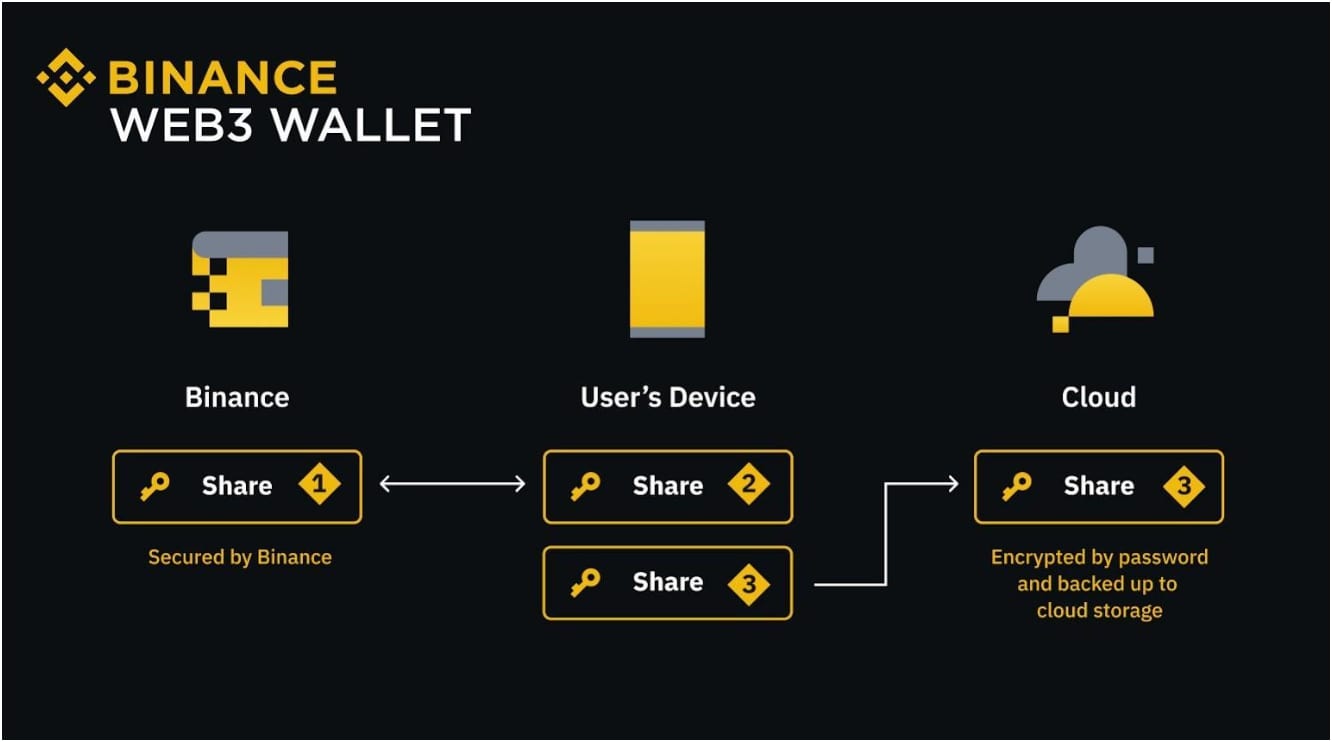
Multi-Chain Support
In a single Binance Web3 Wallet, you can manage cryptocurrencies from more than 60 public blockchains. To start with, this includes well-known ones like the Move ecosystem, Ethereum, Bitcoin, BNB Chain, Solana, Polygon, Arbitrum, Tron, and Cosmos.
All of the chains are visible in one location, and within the wallet, you can bridge assets across chains and exchange tokens. On top of that, token prices and gas fees are optimized by the Binance Bridge and internal DEX routing. Hence, this facilitates seamless and intuitive cross-chain operations.
dApp & DeFi Integration
The Binance Web3 Wallet’s design allows easy integration with decentralized finance (DeFi) and applications (dApps). You can directly explore and engage with a variety of dApps, including DeFi platforms for lending or borrowing cryptocurrency, NFT marketplaces, and decentralized exchanges (DEXs) like PancakeSwap and Uniswap.
Because of the smooth integration, you can use these services directly from the Binance app without requiring complicated setups or third-party browsers. It greatly simplifies user participation in the broader Web3 ecosystem.
Advanced Security
The wallet uses built‑in risk controls. It warns if you try to send to the wrong addresses or interact with known malicious contracts. Again, the MPC key system avoids a single point of failure, and face ID, fingerprint, or password lock helps protect on-device access.
Binance cannot access or revoke your key shares without your approval, and all sensitive data stays encrypted. No seed phrase is used, reducing the risk of phishing or misplacing recovery information. These elements combine to offer high security across setup, signing, and use.
Unified Wallet Interface
The wallet is a part of the main Binance app and has a single, user-friendly interface. It also means that all of your digital assets are displayed in one location, including those on various blockchain networks. Without navigating between screens or complex menus, you can view your balances, manage your portfolio, and complete transactions.
By placing all crucial features in the most visible location, this cohesive approach greatly simplifies and streamlines the user experience, especially for individuals who may be unfamiliar with Web3.
Airdrop Zone & Reward Center
The Binance Web3 Wallet has a modified Reward Center and Airdrop Zone. You can participate in Web3 projects’ exclusive airdrops. Some use lucky draws, while others offer first-come, first-served spots. Also, staking BNB (for 30, 60, 90, or 120 days) and finishing Web3 quests are additional ways to earn Megadrop.
Your score from staking and quests boosts your rewards. Here, many users earn at least $10 to $30 per campaign. All tasks, reward status, and pending tokens are shown in one Reward Center screen, and Binance also offers early access via Alpha to new token launches before public listing.
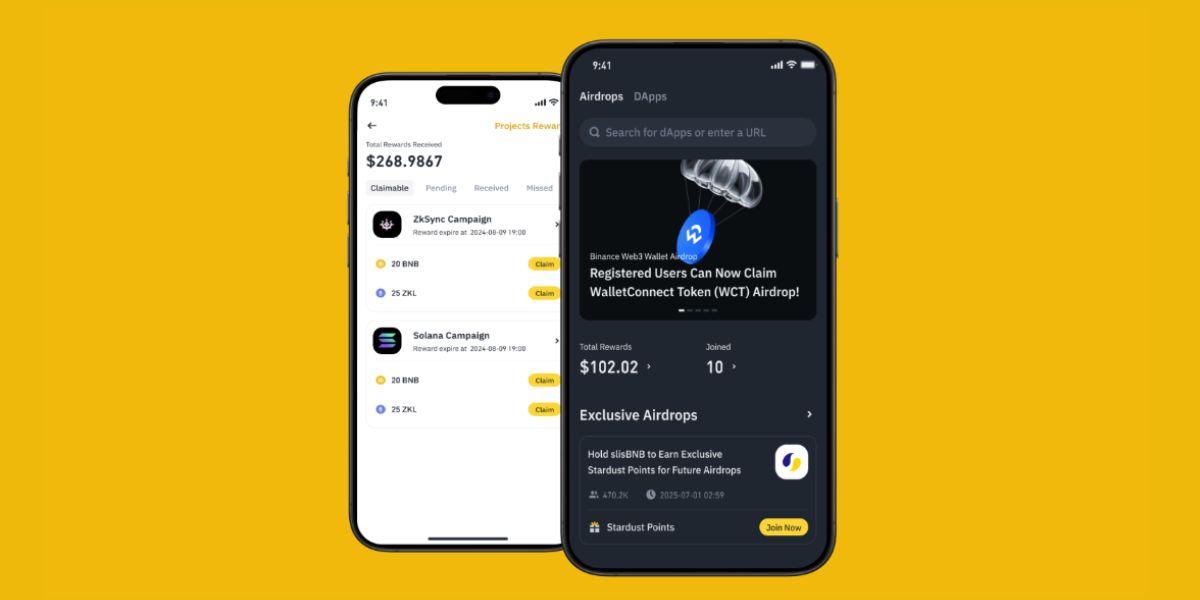
What Are the Fees of Binance Web3 Wallet?
The fees of Binance Web3 Wallet include only network fees (gas fees) and swap fees. Other fees like withdrawal, deposit, or staking fees follow Binance’s general fee schedule and are separate from wallet fees.
Network Fees (Gas Fees)
Network fees, often called “gas fees,” are a cost that applies whenever you perform a transaction on a blockchain network. Also, these fees are not charged by Binance, but by the blockchain network itself. So, every time you send cryptocurrency, interact with a decentralized application (dApp), or make a swap within the Web3 Wallet, you’re performing an action on a blockchain, and that requires computational effort from the network’s validators or miners.
The amount of the network fee can change a lot, and it depends on several things: how busy the network is at that moment (high traffic means higher fees), the complexity of your transaction (a simple transfer costs less than interacting with a complicated smart contract), and the specific blockchain you are using. So, Ethereum gas fees can be much higher than those on BNB Chain.
Swap Fees
Swap means exchanging one cryptocurrency for another (e.g., swapping ETH for USDT), and here, you will generally encounter swap fees. As of now, Binance has been offering promotions where trading fees for swaps conducted through its integrated Swap and Bridge features in the Web3 Wallet are waived. But remember, you still pay gas fees as usual.
Note: Using Binance Connect to buy crypto using bank accounts may involve a platform fee of up to 2%.
How to Create and Use a Binance Web3 Wallet?
Getting started with Binance Web3 Wallet is easy: You first install the Binance app, create an account, and verify your identity. Then, set a recovery password and back up your wallet securely. After that, you can send, receive, swap tokens, and access dApps—all in one place. Let’s explore each step.
Step 1: Install the App and Access Web3 Wallet
First, you must install the official Binance crypto exchange mobile app from the App Store or Google Play. Now, you need to sign in or create a Binance account using a valid email or phone number. Here, you can also use our Binance referral code to get a $100 free crypto sign-up bonus. And also, you have to complete identity verification (KYC) before you can access the Web3 Wallet feature.
Once you have completed these steps, you can open the app and go to the Wallets tab. You will see a choice to “Create Wallet” or “Import Wallet.” Here, you should tap “Create Wallet” to begin.
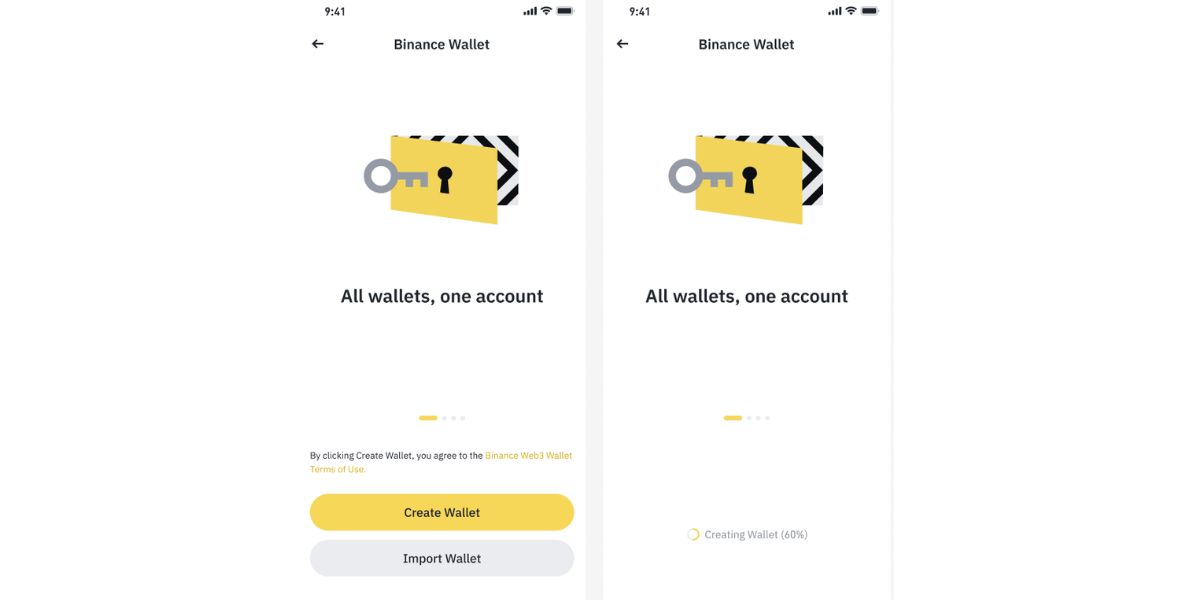
Create your Binance Web3 Wallet today to explore thousands of dApps, earn rewards, and manage your crypto securely without ever needing a seed phrase or browser extension.
Step 2: Set Your Recovery Password
Next, you will be asked to set a strong recovery password, and you have to strictly remember this password because it will encrypt one share of the private key. Also, please note: Binance cannot see or reset this password. Now, after the password is set, the wallet automatically generates three shares of the private key using MPC (Multi‑Party Computation). Hence, one share stays with Binance, one share is stored on your device, and one encrypted share is backed up to your cloud if chosen.
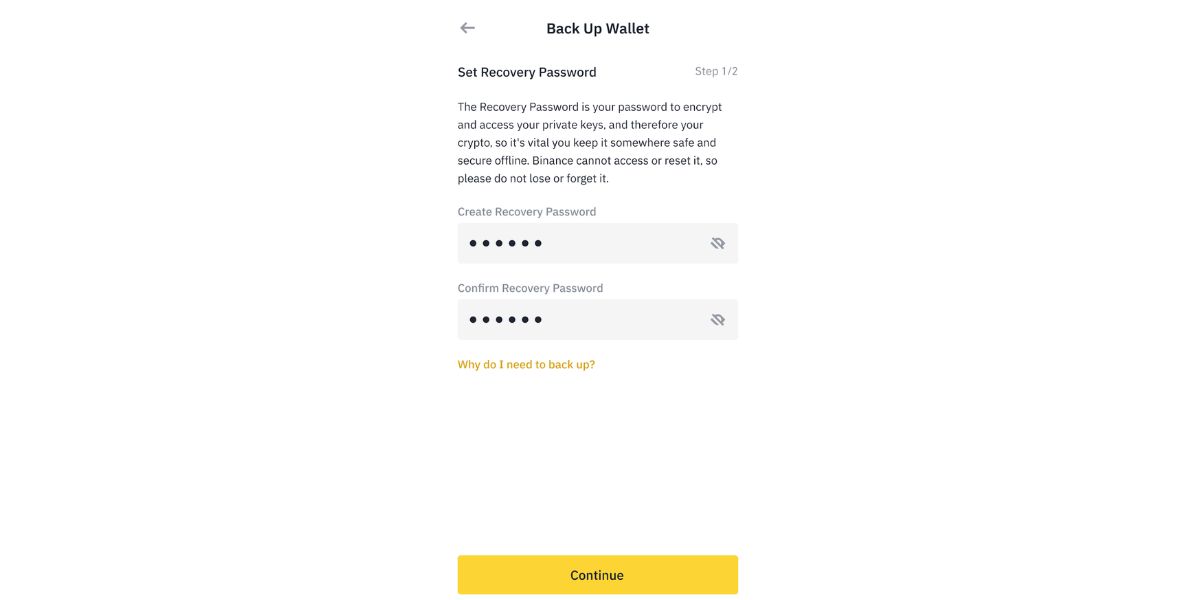
Step 3: Backup Your Wallet
Then, you must back up your wallet. You have to select either Cloud Backup or QR Code Backup, or both. If you choose Cloud Backup, you must link a Google Drive or iCloud account and confirm encryption with the recovery password.
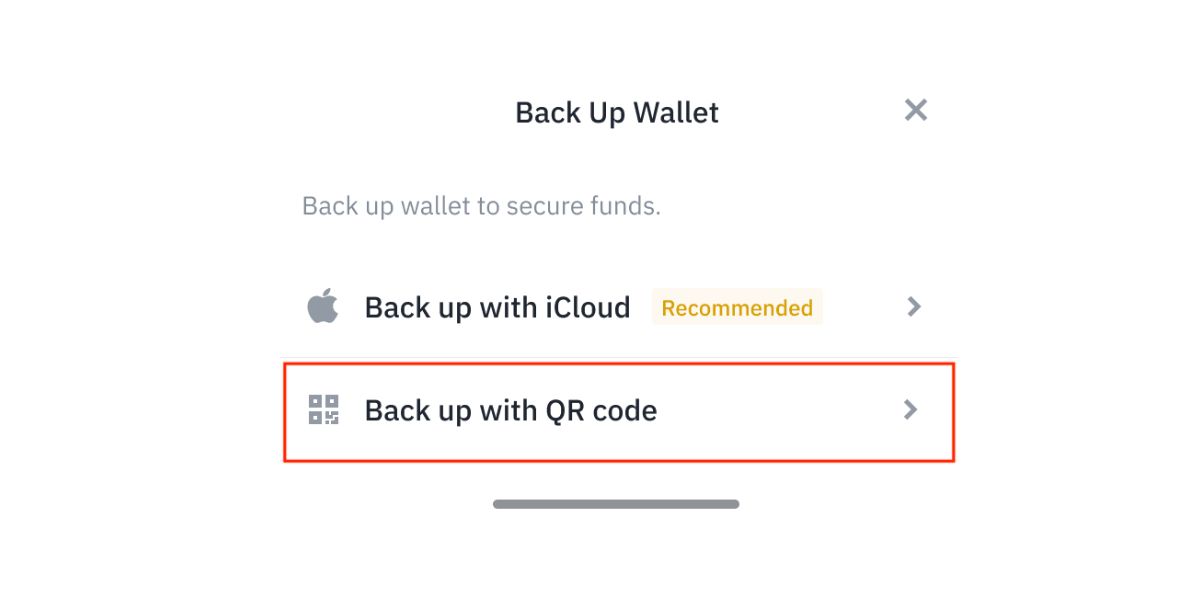
Step 4: Start Using Your Binance Web3 Wallet
After that, you can use the wallet. You see the dashboard showing balances across all chains, NFTs, and transaction history, and you need to have a native token for each chain to pay network gas fees. You can send tokens by tapping Send, choosing the token and network, entering the destination address, entering the amount, and confirming with the recovery password or biometric lock.
Similar to this, you can receive tokens by tapping Receive and sharing or copying the address or QR code. You can transfer tokens from the Binance exchange wallet to the Web3 Wallet by selecting Transfer, selecting from and to accounts, entering the amount, and confirming.
Also, you can swap tokens inside the wallet by choosing tokens, approving the transaction, and paying only the gas fee. You can also access dApps by tapping DApps, selecting a dApp, and connecting via the wallet to interact directly without leaving the app. You can read our full Binance review for more info about the exchange.
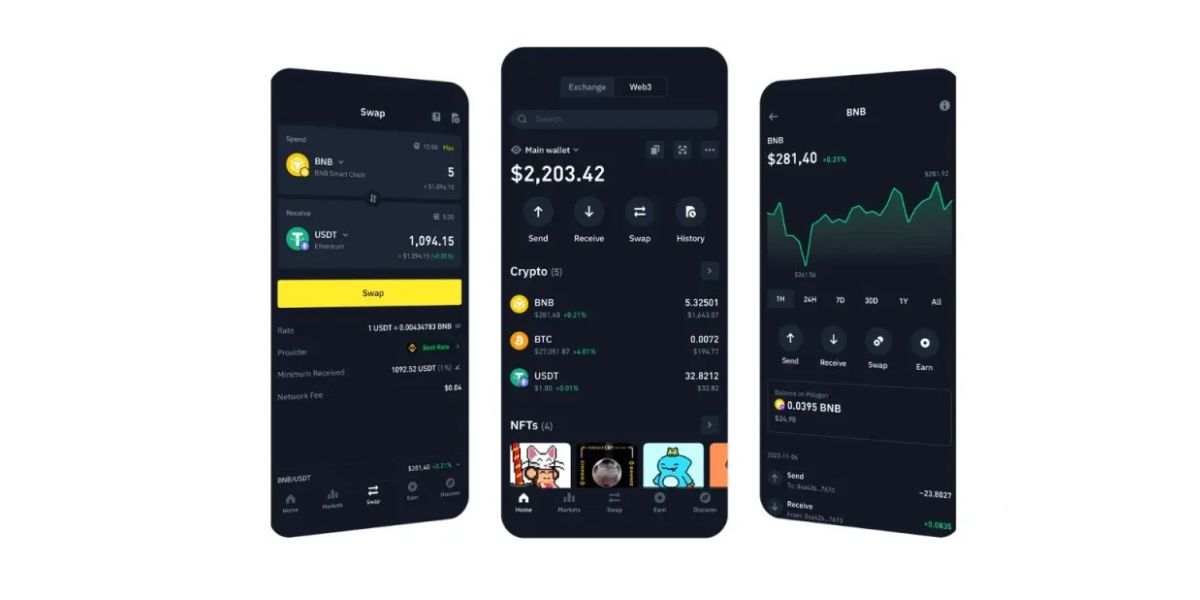
How to Recover a Binance Web3 Wallet?
Recovering your Binance Web3 Wallet is simple. Start by importing your wallet using your cloud backup or QR code and recovery password. Make sure to use the same device type linked to your backup. If you don’t have a backup, you can try the Quick Reset option with Binance support’s help. Let’s break down each step.
Step 1: Start Wallet Import
First, you must open the Binance app and go to Wallets. Then, tap “Import Wallet.” If you have a cloud backup, you have to sign in to the same Google or iCloud account that was used to back up. You then have to enter the recovery password to decrypt the backup.
The wallet will then restore automatically, and if you used QR Code Backup, you must select the QR Code method and scan the code, and enter the recovery password. Hence, once validated, the wallet restores, including balances, assets, NFTs, and history.
Step 2: Use the Correct Device Type
Next, you can recover on any supported device. You must choose the same cloud platform or scan the QR code backup and enter the recovery password. If you used iCloud, you must restore on an iOS device. If you used Google Drive, you can restore it on an Android device. You only need the recovery password and the backup. No seed phrase is required. The process will bring back the private key shares, and the wallet will reopen with full access.
Step 3: Reset if No Backup Exists
Then, if you did not back up at all and lost access, you can attempt to use the Quick Reset option. You will see Quick Reset on the recovery screen if the app detects a wallet without backup, and you must contact the Binance support team, prove your identity, and request a reset link. You must wait for support confirmation. Once support authorizes, you get temporary access to recreate the wallet, but previous assets are lost unless backed up.
How to Withdraw From Binance Web3 Wallet?
To withdraw from your Binance Web3 Wallet. First, open the app and prepare by ensuring you have enough tokens to cover network fees. Next, pick the token, destination, and amount you want to withdraw. Finally, confirm the details, authorize the transaction, and wait for the blockchain to process it. Let’s walk through each step.
Step 1: Prepare for Withdrawal
First, you must open the Binance app and switch to the Web3 wallet. You must ensure that you have sufficient native tokens on the blockchain to pay network gas fees for withdrawal. Now, tap Transfer, choose Web3 Wallet as the from account, and choose either Binance spot wallet or external wallet address as the destination, depending on whether you want to move to Binance spot or to another wallet.
Step 2: Select Token and Destination
Next, you have to choose the token and chain you want to withdraw to. Then, specify the desired amount. So, if you move to the Binance spot wallet, you follow internal transfer steps, and the gas fee is only on the network transfer into a Web3 address. If you send it to an external wallet, you must confirm the destination address carefully. You may be required to add the address as a new beneficiary address and confirm it via email or 2FA.
Step 3: Confirm and Execute Transfer
Then, you must confirm the transaction. You will see the estimated network fee and total, and double‑check the network and fee details. You have to enter the recovery password or use biometric authentication to sign in. Then tap Confirm. Here, you can view the pending withdrawal in the transaction history. Now, wait for blockchain confirmations before the tokens arrive at their destination.
How to Delete a Binance Web3 Wallet?
To delete your Binance Web3 Wallet, you need to first understand that it’s a self-custody wallet, meaning your assets are controlled by your private keys, not by Binance. Therefore, deleting the wallet within the Binance app doesn’t actually delete the wallet itself, it removes the connection between the wallet and your Binance account.
To truly “delete” it, you need to export your private keys (or seed phrase if applicable) and stop using the wallet. If you don’t have the seed phrase or private keys, you won’t be able to restore the wallet. This is similar to most non-custodial wallets like Trust Wallet.
- To remove your Binance Web3 Wallet, you need to open the Binance app and go to the Wallets section, then tap the Web3 tab. Inside the wallet, open the settings or options menu and select “Remove Wallet.”
- After that, you must confirm your identity by entering your recovery password or using biometric authentication. Once verified, the app will show a warning about deleting the wallet and removing local key shares.
- You will then need to decide if you want to keep or revoke your cloud backup. Keeping the backup lets you restore the wallet later. If you revoke it, recovery will not be possible.
- Once you confirm your choice, the wallet will be deleted from your device. If you still have a backup, you can import the wallet again anytime.
The post Binance Web3 Wallet Review 2025: Fees, Features, and Security appeared first on CryptoNinjas.

You can get bonuses upto $100 FREE BONUS when you:
💰 Install these recommended apps:
💲 SocialGood - 100% Crypto Back on Everyday Shopping
💲 xPortal - The DeFi For The Next Billion
💲 CryptoTab Browser - Lightweight, fast, and ready to mine!
💰 Register on these recommended exchanges:
🟡 Binance🟡 Bitfinex🟡 Bitmart🟡 Bittrex🟡 Bitget
🟡 CoinEx🟡 Crypto.com🟡 Gate.io🟡 Huobi🟡 Kucoin.
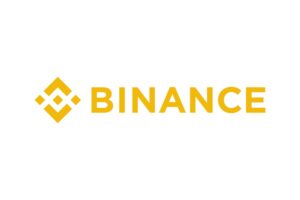

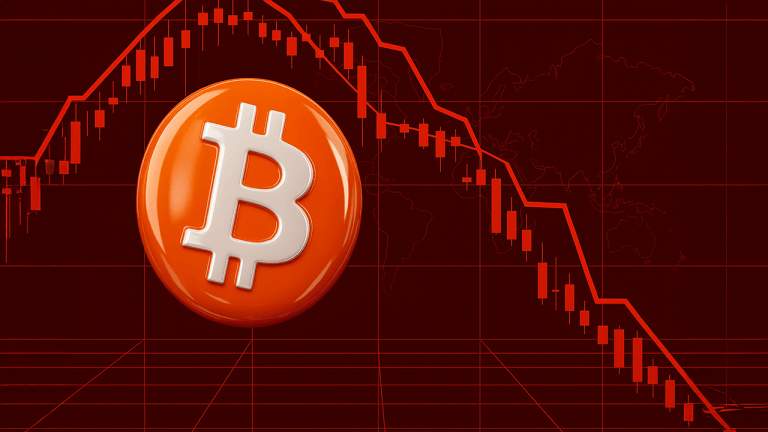
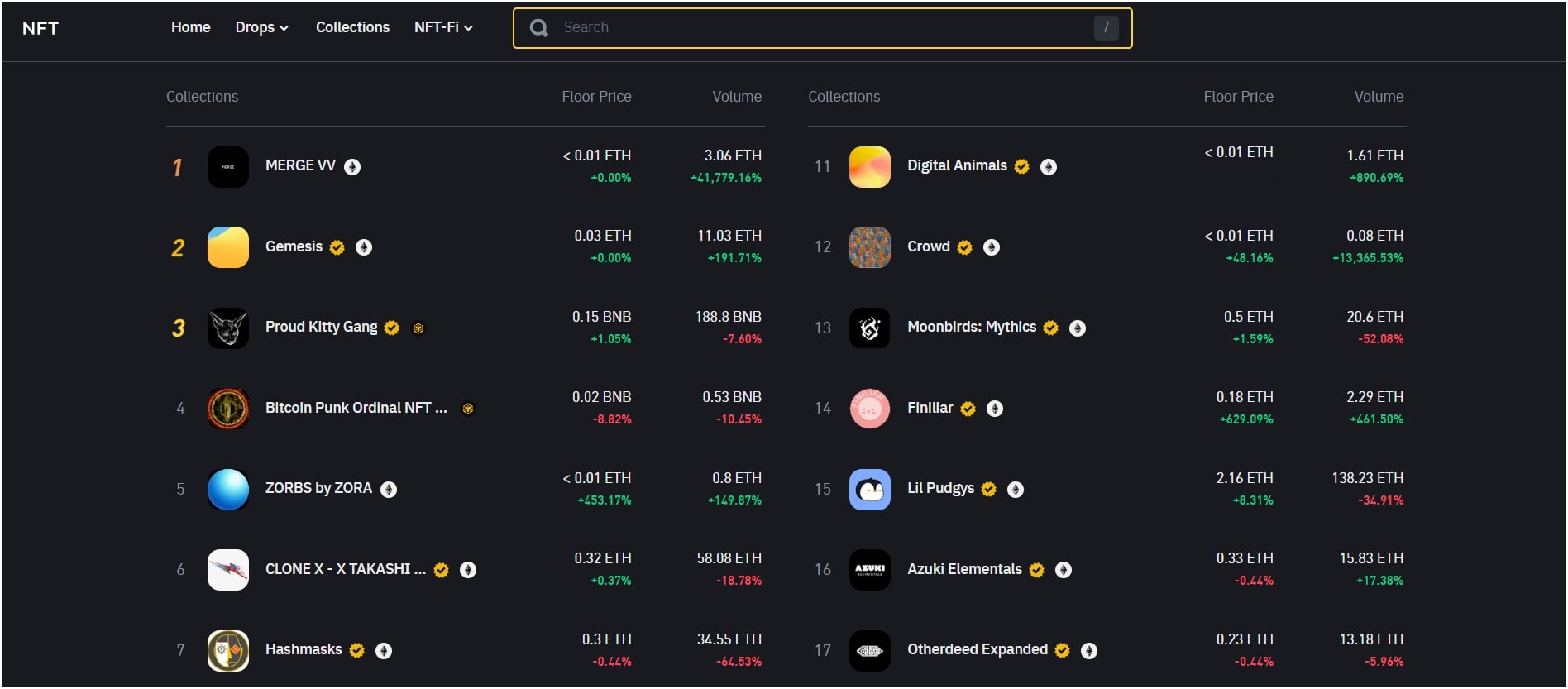
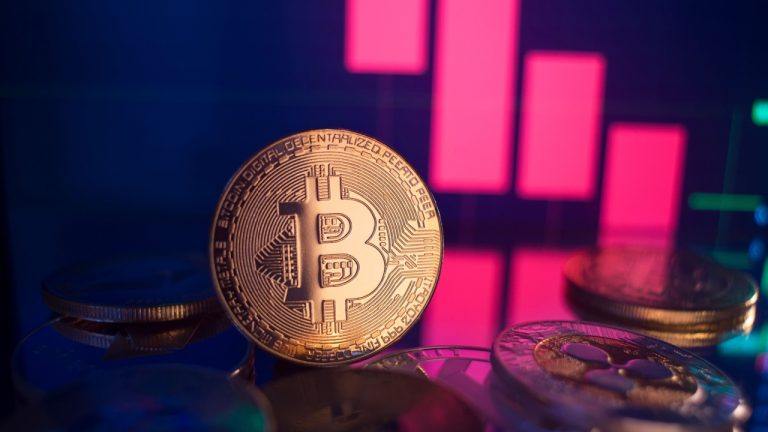

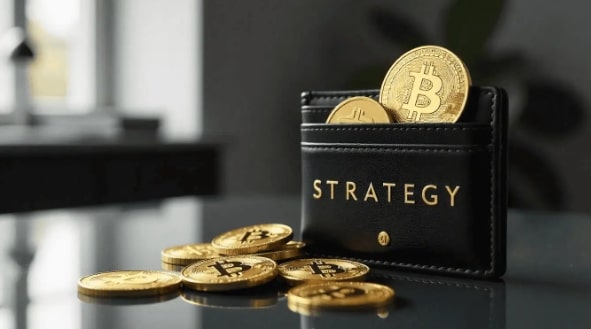
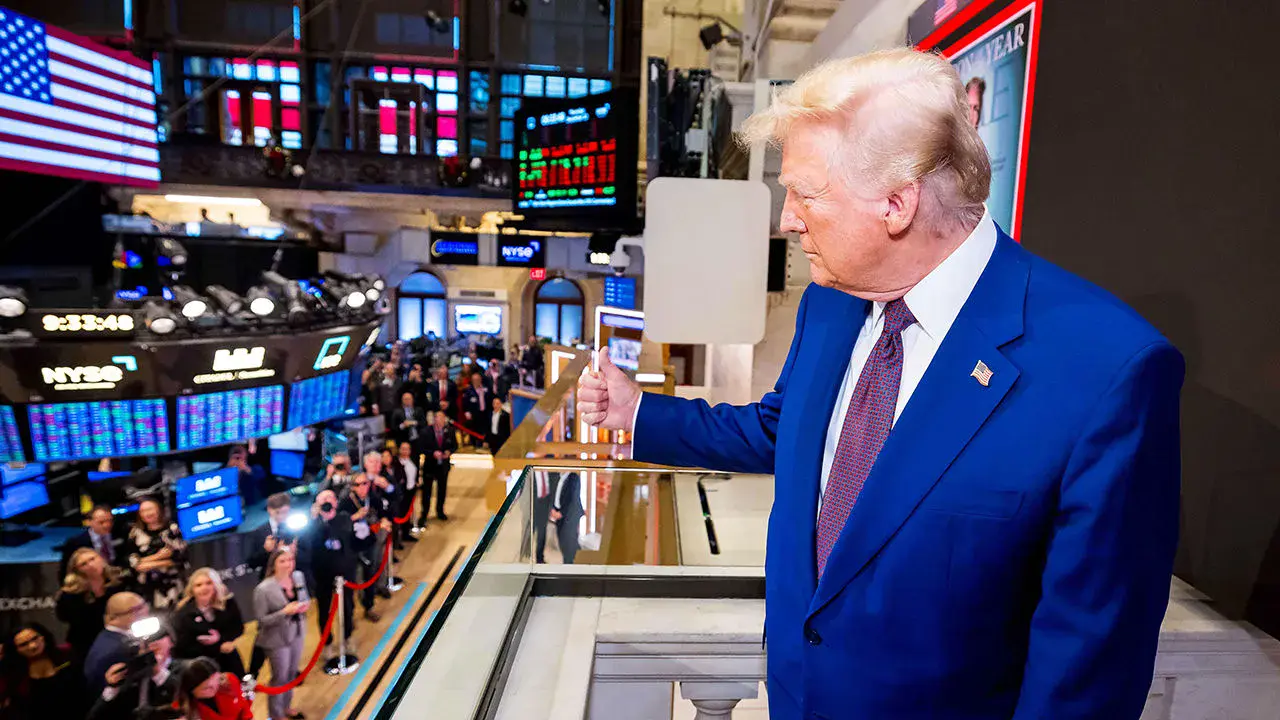
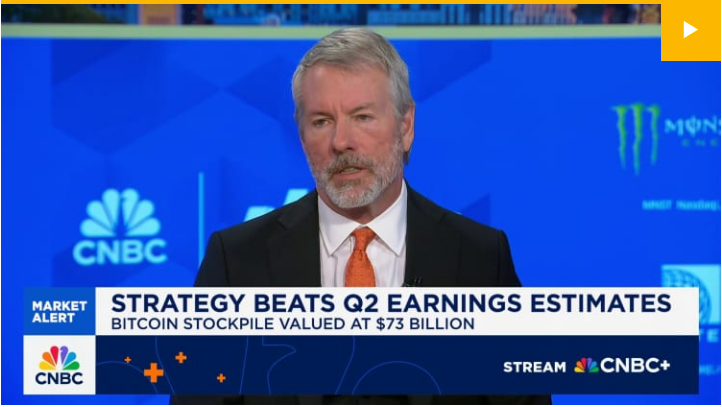
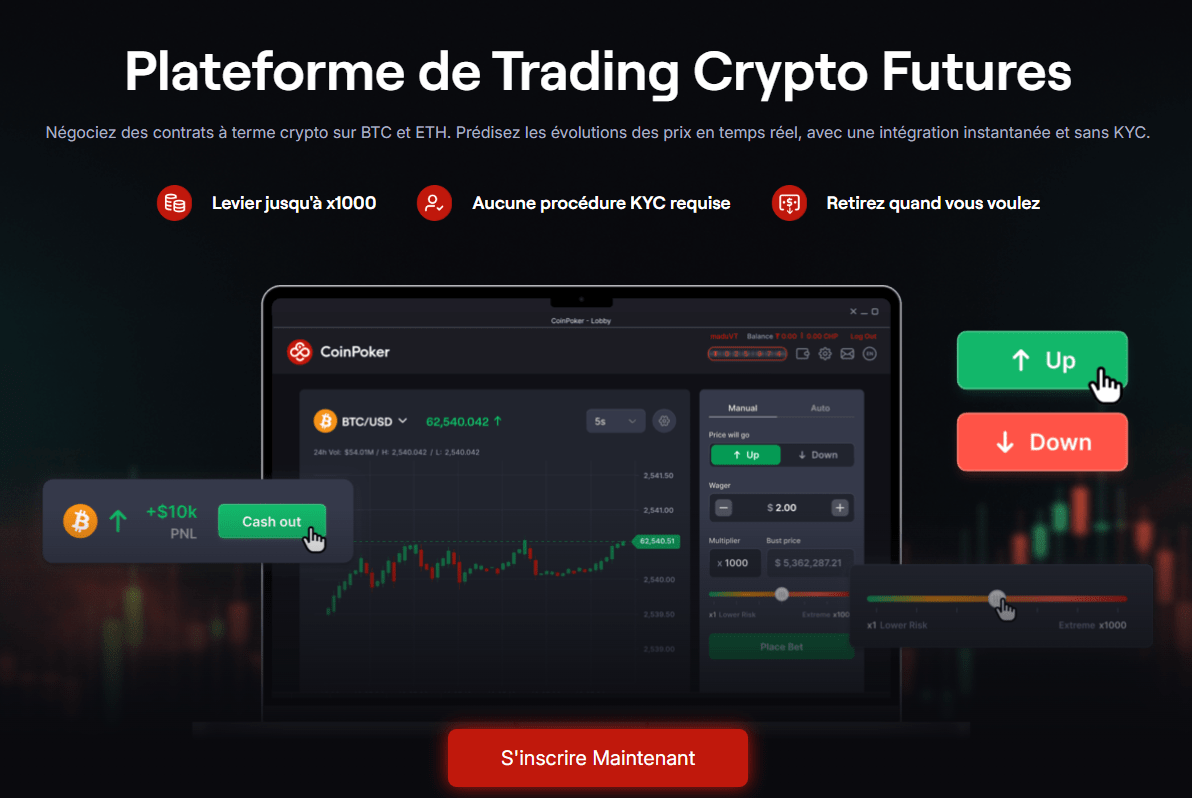
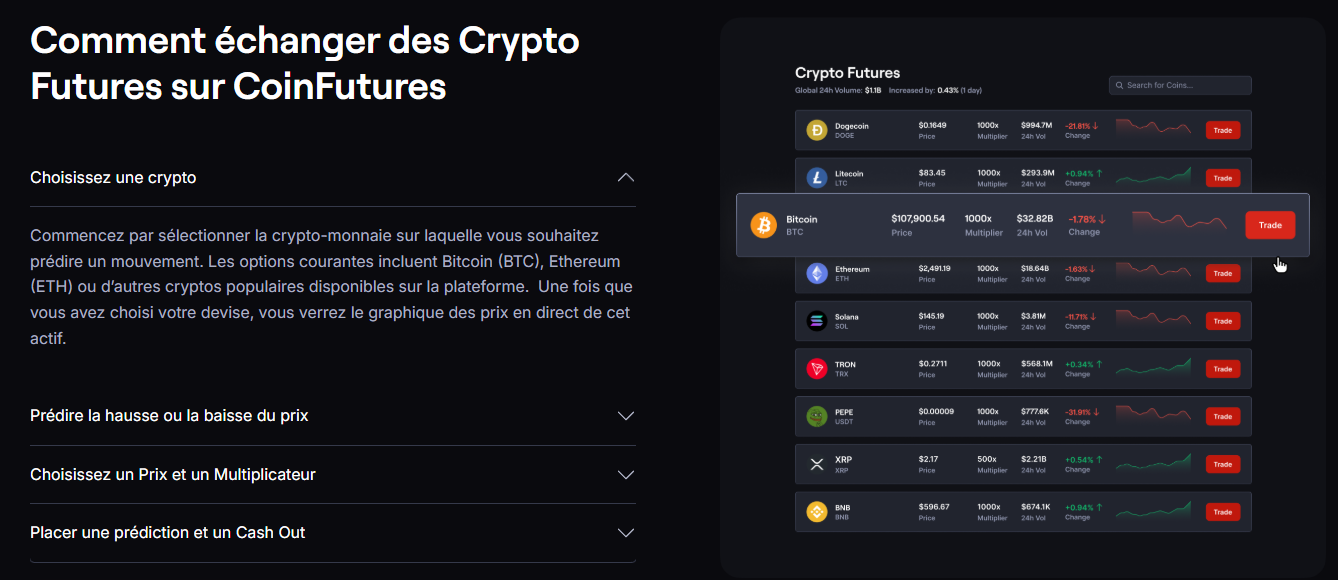



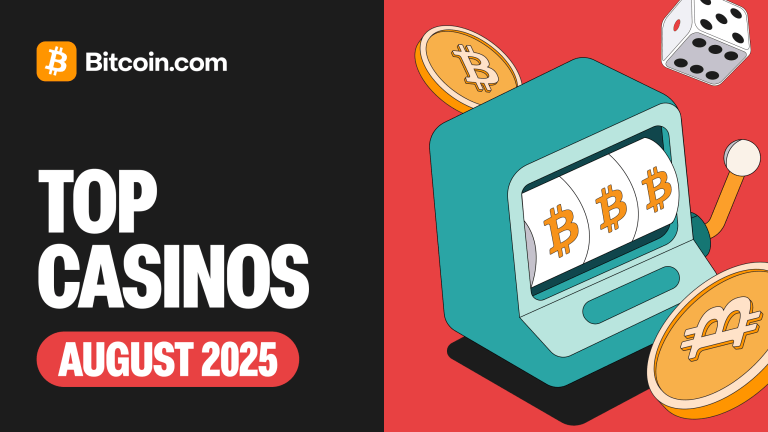
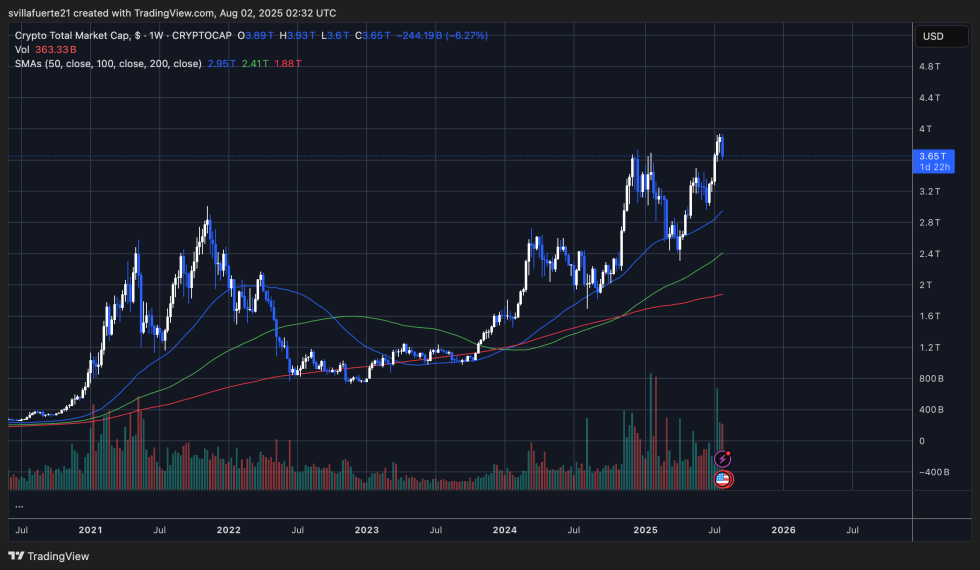
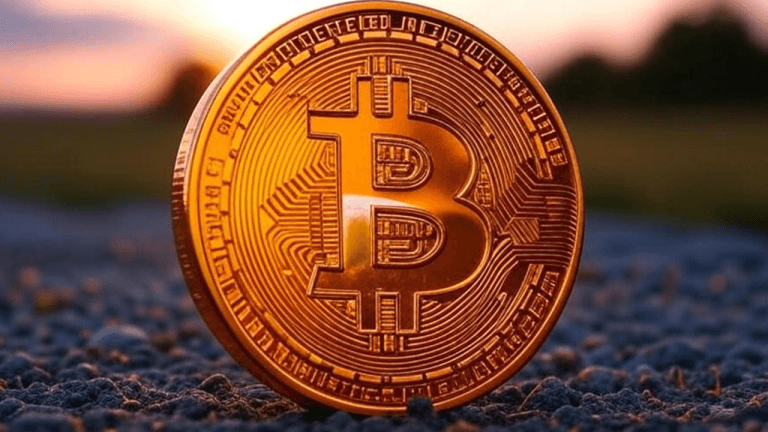
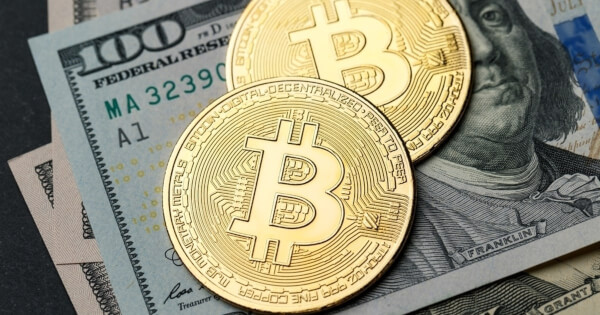
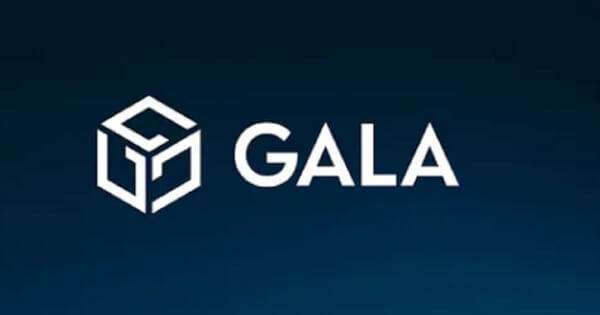


Comments